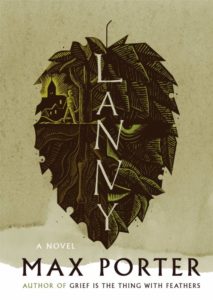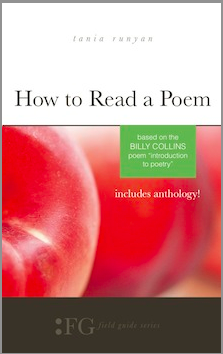British author Max Porter is at it again.
Not content with his genre-bending first work, Grief Is the Thing with Feathers, he’s now published a longer novel, Lanny. At least I think it’s a novel. It’s certainly fiction, but it’s still genre-bending. Porter writes fiction like a practiced poet writes fiction. And it’s mind-bending. It’s fiction that turns your head upside down and inside out. It’s about art and artists and the soul of an artist. And it’s also about innocence and evil and what fear can unleash.
The Greentree family has moved from London to a small village an hour away by train. Lanny is an only child, a pre-teen boy who’s seems to be, to most observers, disabled in some way. His mother is a former actress; she’s done a few bits on television, and she’s now working for a thriller novel under contract with a publisher. His father commutes into London for his job in some kind of financial services, using Excel spreadsheets.
Lanny’s classmates mostly like him, although a few bully him. He doesn’t seem to mind. He can calm an unruly classroom with a single word or sentence. He sings strange little songs and always seems like he’s somewhere else. The villagers think him odd, but villages have a high tolerance for the odd. Lanny is like a gift to his parents and the village, a gift that brightens and illuminates but can never be quite grasped.
His mother convinces a local artist, an old man named Pete, to give Lanny lessons. At first reluctant, Pete warms to the idea and becomes completely charmed by the boy. Lanny takes to charcoal drawings and watercolors. The two walk in the nearby woods and draw together. Pete sees that Lanny has a gift for art, and the old man almost basks in the boy’s presence. Here’s Pete’s description of one of the walks:

lapping falsely at each other over the stone plates
which rough-and-tumbled to form this gentle
landscape. Some very old trees round this way. Saints.
“We tramp down the steep-walled chalk and moss run,
tree roots like sea monsters lining our route, and we
discuss the passing of time.”
The woods seem primeval. More than just animals live there. Pete and Lanny walk in the woods and draw, seeming to absorb the spirit of the place into what they’re creating.
Then one day, on his way home from school, Lanny disappears.
The story is told from four perspectives: Lanny’s mother, his father, Pete, and the strangest character of all, the one who begins the story and is actually controlling it — a mythical, ancient character named Dead Papa Toothwort, a kind of spirit that not only inhabits the very soil of the village and woods but one who also hears every conversation that occurs. Among other places, he lives beneath the church cemetery, and he can remember when the church was built.

Max Porter
The reader also hears what Dead Papa Toothwort hears, through acrobatic tricks with the typeset. The winding and curling words in these parts of the narrative initially take some getting used to, and then it makes sense. The dialogue of the villagers flows together. And the reader knows that these conversations are creating an environment for mischief, and Dead Papa Toothwort is going to take advantage of it. And Lanny is at the center of it.
The book is structured in three parts. First, Porter sets the stage, introducing the characters and building the narrative and setting. Second is the story of Lanny’s disappearance and what happens to the characters and the villagers because of it. Reading this section is like taking a wild roller coaster ride, with the normal placid life of the village and its people completely upended. And third is the resolution.
Porter is executive director of the literary magazine Granta and Portobello Books and lives in south London with his family.
Lanny is a strange book, a remarkable book, creating fear and wonder and finally awe. It’s a poetic novel that bends our understanding of what poetry is and what fiction is. It’s ultimately about art, its inspiration, and both the wonderful and fearsome effects it can have.
Related:
Novel, Poetry, or Both: Max Porter and “Grief is the Thing with Feathers”
Photo by Greg Westfall, Creative Commons, via Flickr. Post by Glynn Young.
__________________________

“I require all our incoming poetry students—in the MFA I direct—to buy and read this book.”
—Jeanetta Calhoun Mish
- “Your Accent! You Can’t Be from New Orleans!” - October 9, 2025
- Poets and Poems: Donna Vorreyer and “Unrivered” - October 7, 2025
- Poet Sidney Lanier and the Lost Cause - October 2, 2025

Megan Willome says
I’m in.
L.L. Barkat says
Sounds remarkable. I wonder—do you think the poetic form added to or took away from the possible power of the story?
Glynn says
I’d say it tended to add. I became so wrapped up in the story that at first I didn’t even think about the form. Looking at the pages, the text appears to be regular fiction narrative. Look more closely, and you see the poetry.